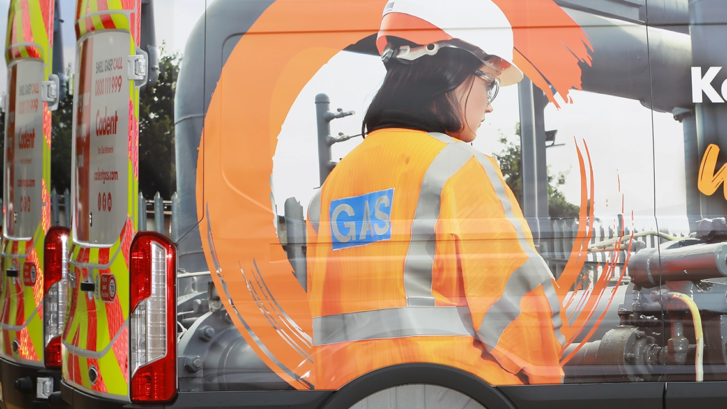
100 New Vans, One Trusted Partner
Close Collaboration Delivers a Reliable New Fleet For Cadent
Popular Tags

Close Collaboration Delivers a Reliable New Fleet For Cadent
Highlighting our commitment to excellence, professionalism.
A Critical Step in Reducing Pedestrian and Cyclist Accidents
The SM UK Vans team celebrates going from strength to strength
Telematics technology has revolutionised the haulage industry, offering fleet managers real-time insights into vehicle performance, driver behaviour, and operational efficiency
Safecontractor is a leading third-party accreditation scheme which recognises very high standards in health and safety management amongst UK contractors.
LSS Waste Management, has fitted SM UK’s Halo system on its two biggest trucks.
The new Midlands Workshop will serve the exact same purpose as our Northern Workshop. It will be a destination and facility for SM UK’s customers in the midlands area to utilise, rather than taking up space at one of their sites